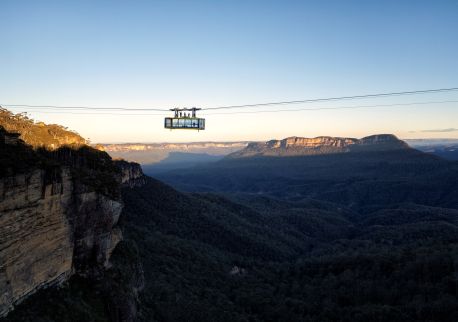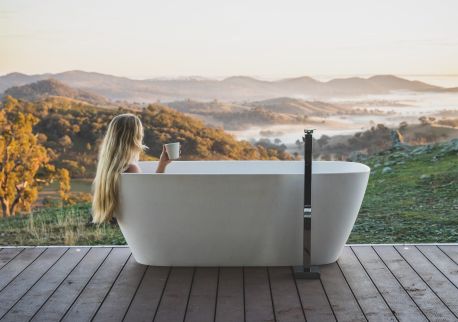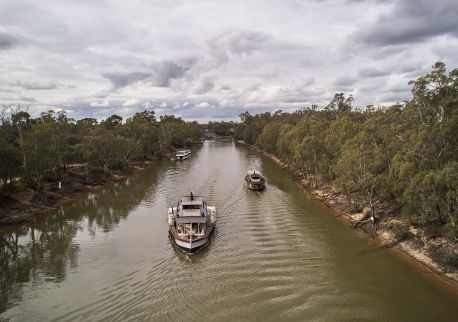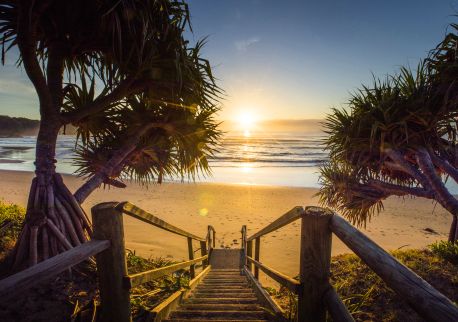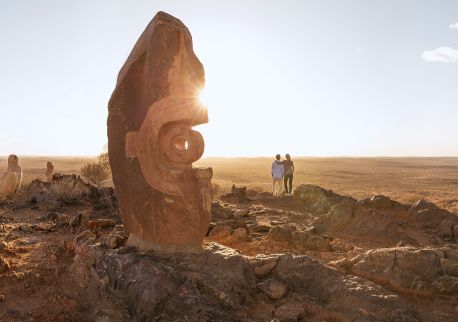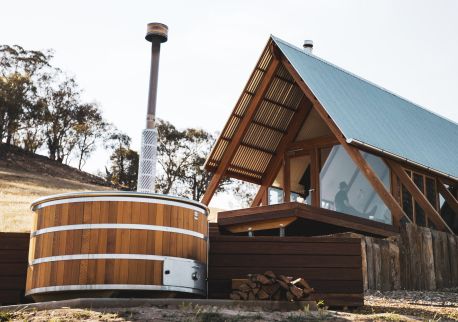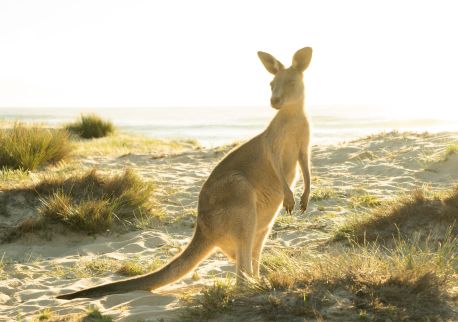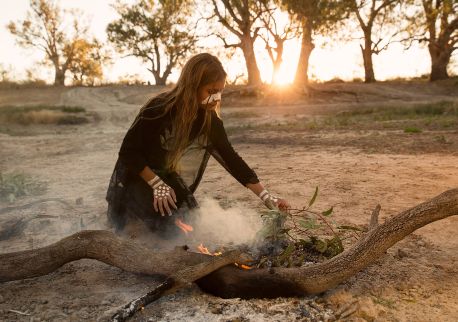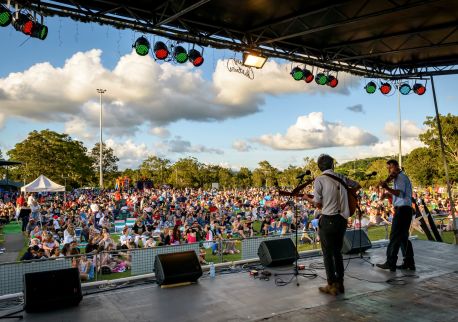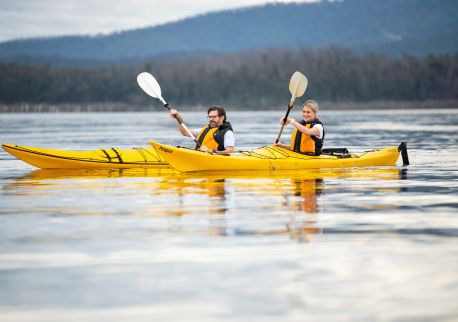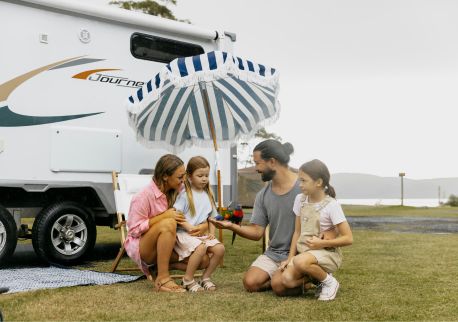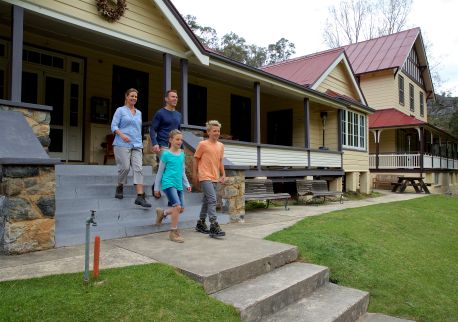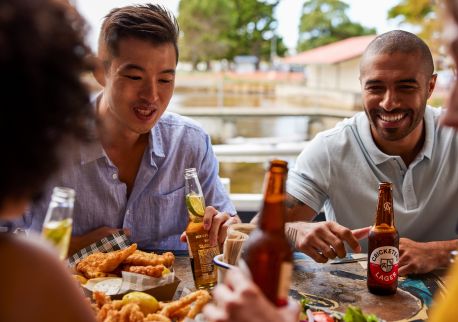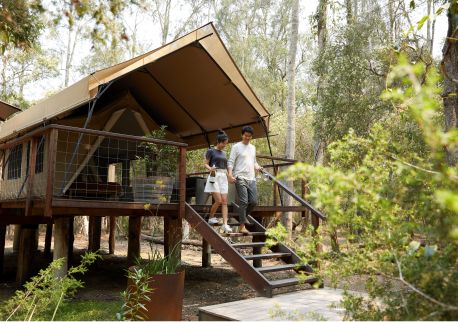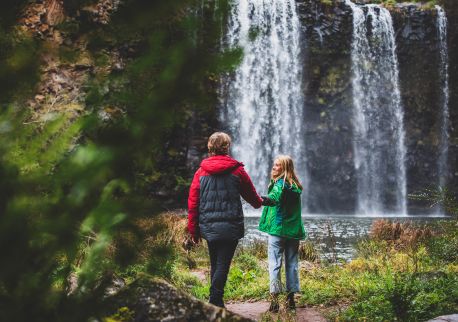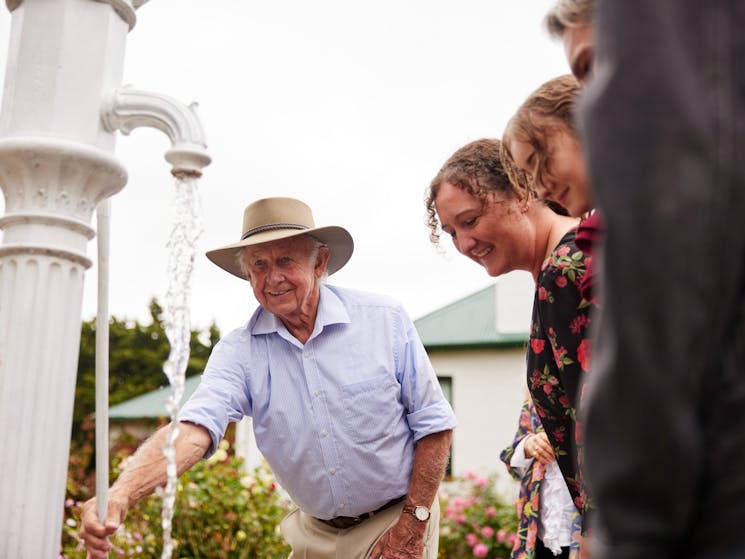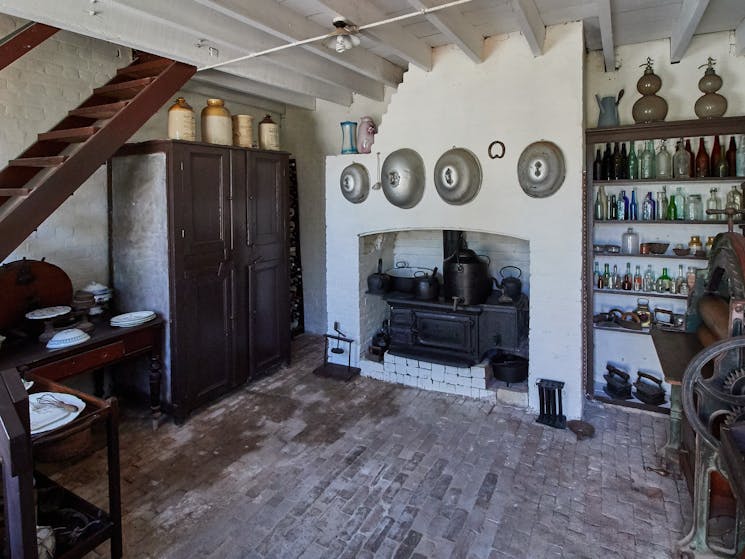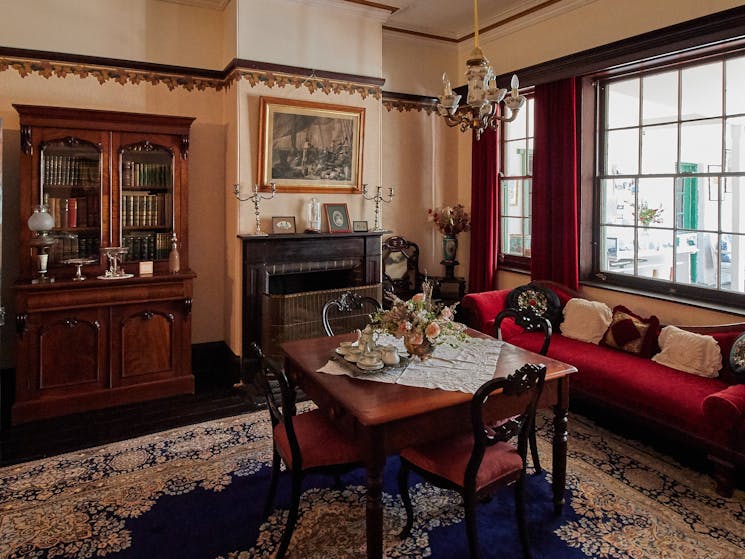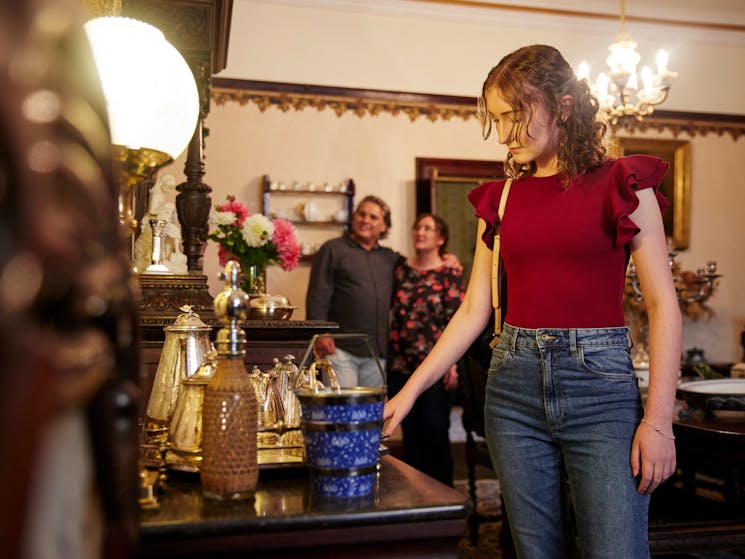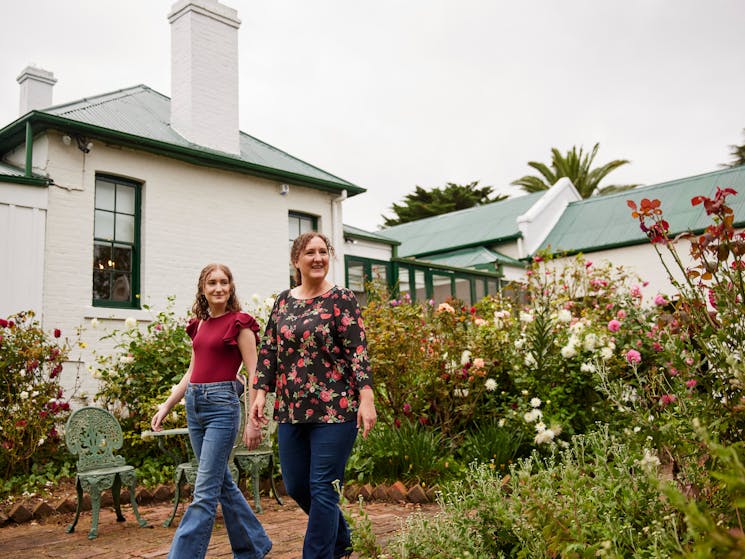Garroorigang Historic Home (1857)
Highlights
Guided tours by descendants of explorer Hamilton Hume
Explore 160 years of history in scenic garden surrounds
Overview
A rare and extraordinary example of a continuously lived-in Australian colonial home, still complete with its original furnishings and items of historical interest spanning 160 years of Australian history.
Built in 1857 originally as an Inn on the road to the goldfields, Garroorigang became a private home in 1867 and the site up until 1883 of a small private boarding school for the "sons of gentlemen" where a number of famous Australians were educated. The home has been lived in continuously for over 150 years by members of two related families and is today the private home of the Hume family, co-lateral descendants of Explorer Hamilton Hume.
The home is filled with original furnishings and family memorabilia reflecting 150 years of living Australian history from the days of the bushrangers down through the Victorian era to the present. Family members provide visitors with a guided tour through the home explaining the history behind the many historical treasures and the stories of the people who have lived there.
A visit to Garroorigang is truly a step back in time into a showcase of living Australian history, fascinating for all ages.
The homestead is set in beautiful gardens suitable for picnics and morning/afternoon teas. Bed and breakfast accommodation is available by arrangement. Coaches and groups are welcome by appointment.

